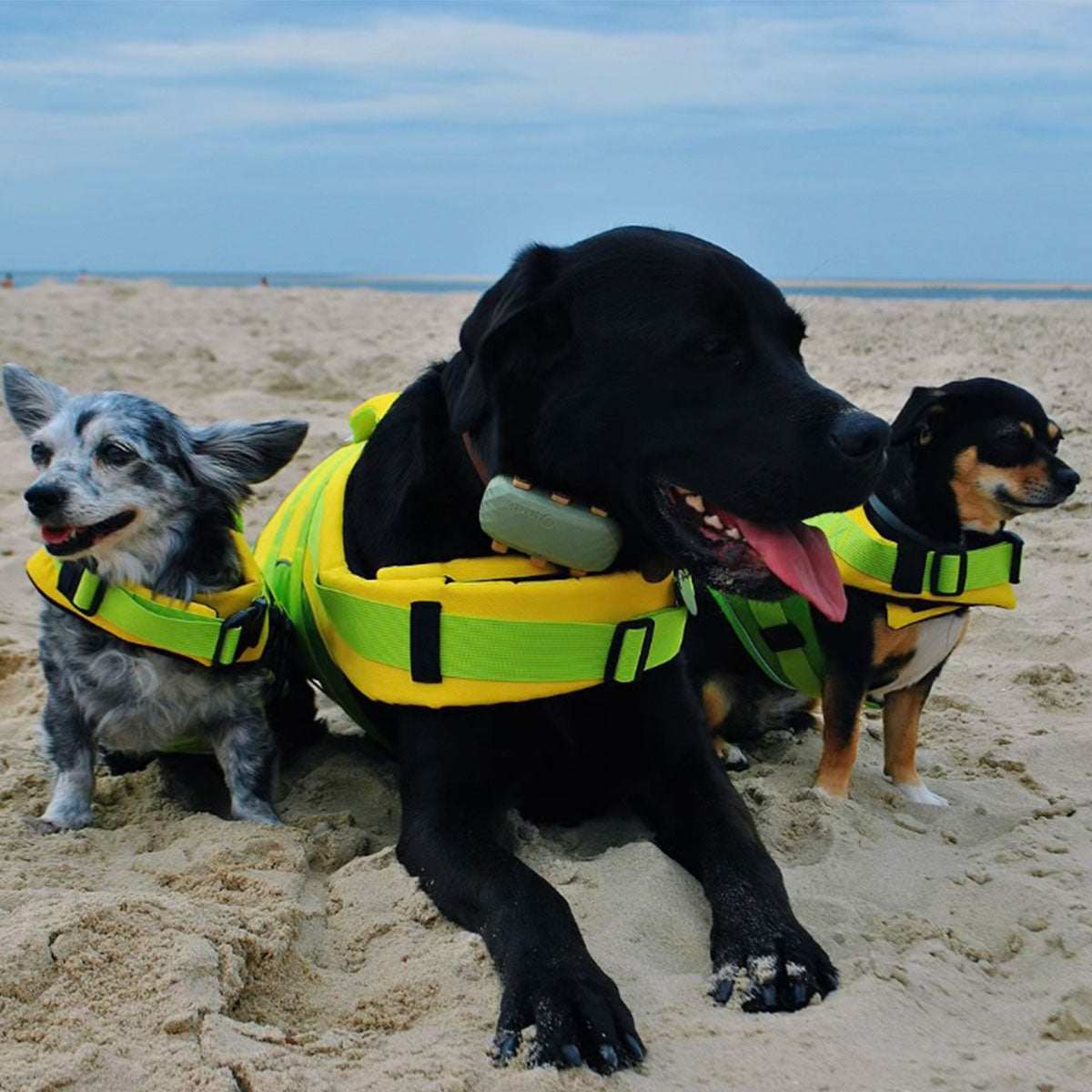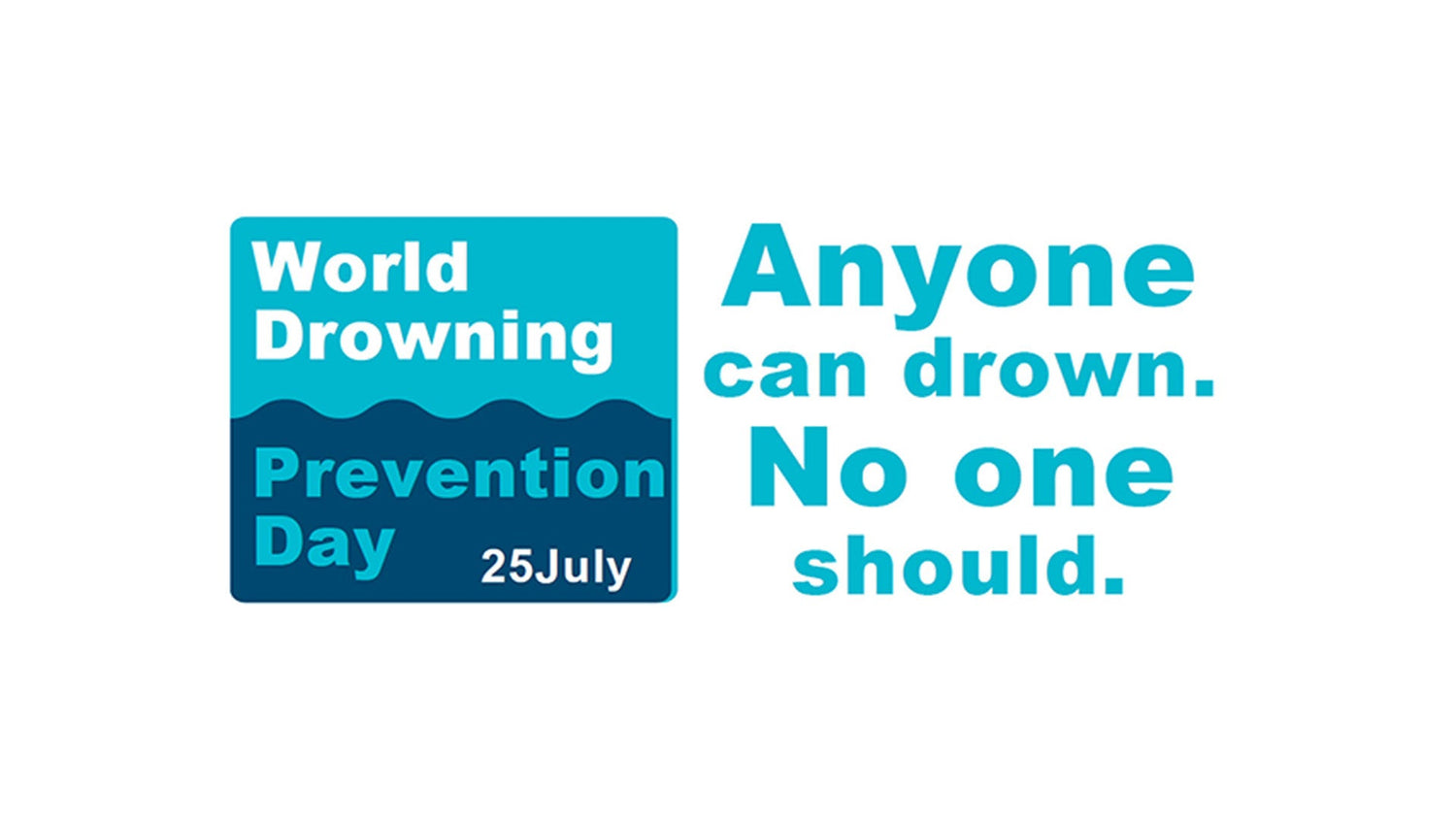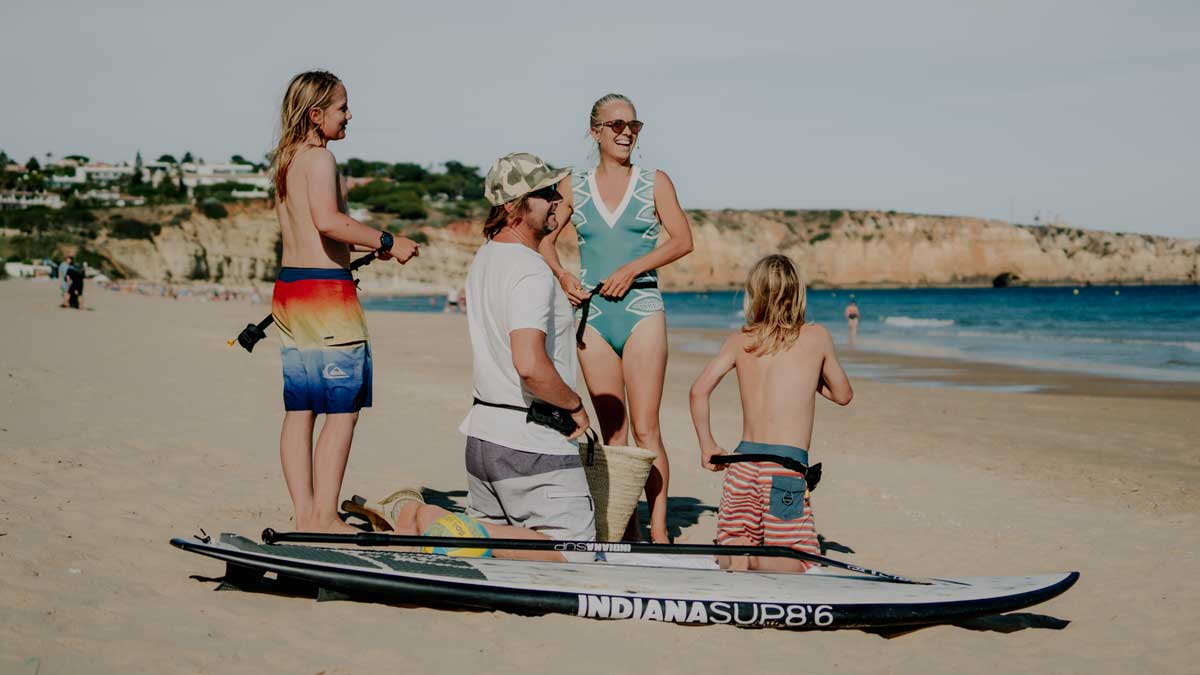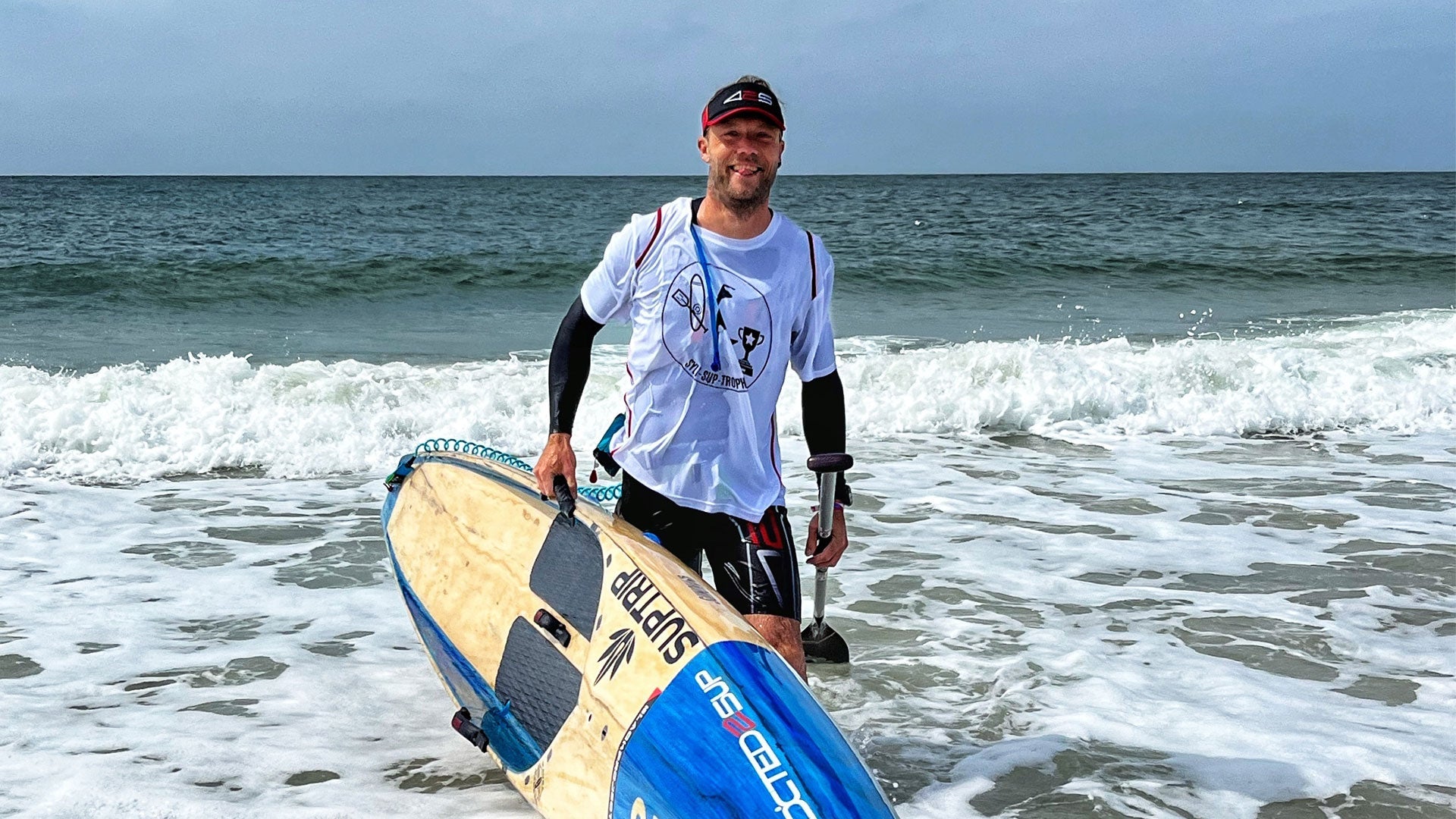Le morti per annegamento sono aumentate in Germania:
Il numero di persone che non sanno nuotare potrebbe aggravare il problema in futuro
Estate 2024: un tedesco di 42 anni annega nel Mare del Nord nei Paesi Bassi dopo aver sottovalutato il vento e la corrente (riportato dalla dpa il 14.07.24), una donna anziana annega mentre nuota con un’amica nel Lago di Geiseltal (riportato da MZ il 13.07.24), un 27enne si tuffa da un pedalò nel Lago di Caldaro in Alto Adige e può essere recuperato senza vita solo successivamente dai sub (riportato dalla stampa il 14.07.24).
Questi sono solo alcuni dei numerosi incidenti di balneazione che si verificano, soprattutto nei mesi estivi. Molti di essi sono mortali. Nel 2023, 378 persone sono morte per annegamento in Germania. Si tratta di un aumento di 23 persone rispetto all’anno precedente.
"Un’epidemia silenziosa di morti evitabili" (OMS)
Istituita dalle Nazioni Unite, la Giornata mondiale per la prevenzione dell’annegamento mira a sensibilizzare sul rischio di annegamento e a promuovere misure preventive. Governi e comunità sono incoraggiati ad adottare azioni efficaci per prevenire l’annegamento. L’educazione e la familiarità con l’acqua, i corsi di nuoto e una maggiore sicurezza in acqua sono essenziali.
L’annegamento è una delle principali cause di morte nel mondo, in particolare tra bambini e giovani adulti. Secondo l’OMS, circa 236.000 persone muoiono ogni anno per annegamento, con 2,5 milioni di vittime negli ultimi dieci anni. L’annegamento è tra le 10 principali cause di morte nelle persone tra 1 e 24 anni.
Da patrimonio culturale a problema
Nuotare era un tempo considerato un patrimonio culturale in Germania, ma il numero crescente di persone che non sanno nuotare potrebbe diventare un problema sociale in futuro. Secondo un sondaggio Forsa, la percentuale di bambini della scuola primaria che non sanno nuotare è raddoppiata in cinque anni. Una delle principali cause è la mancanza di corsi di nuoto o le lunghe liste d’attesa – in parte a causa della pandemia di coronavirus, durante la quale non si sono tenuti corsi di nuoto. Anche la chiusura di molte piscine pubbliche contribuisce al problema. In Germania, ogni anno chiudono tra 70 e 80 piscine. Iniziative come la campagna «Salviamo le piscine pubbliche» della DLRG combattono contro questa situazione.
Christopher Fuhrhop, inventore e fondatore di RESTUBE, lavora per migliorare la sicurezza in acqua da oltre 10 anni.
«Lottare contro l’annegamento e a favore della sicurezza in acqua è una responsabilità sociale. Governo, istruzione e scuole, organizzazioni e industria devono collaborare per migliorare la sicurezza in acqua e ridurre il numero di incidenti da annegamento. Collaboriamo con associazioni, organizzazioni e scuole per trovare soluzioni. L’anno scorso, ad esempio, più di 1.000 scolari hanno potuto migliorare le loro capacità di nuoto e sicurezza in acqua durante le Giornate d’Azione organizzate dalla Water Experience Academy, un’iniziativa RESTUBE.»
Incidenti in acqua: riconoscere i pericoli e ridurre i rischi
Otto regole per la sicurezza nelle acque locali di Clemens Menge (DLRG)
Una buona preparazione, la conoscenza dei pericoli e l’attrezzatura di sicurezza adeguata possono aiutare a ridurre il rischio di annegamento e garantire momenti piacevoli e sicuri in acqua. Insieme a Clemens Menge, responsabile operativo della Società Tedesca di Salvataggio (DLRG) a Costanza, abbiamo raccolto otto importanti regole per trascorrere del tempo in acqua.
1. Conosci i tuoi limiti!
Entra in acqua solo se sai nuotare in sicurezza e ti senti a tuo agio. Non sopravvalutare la tua forma fisica. Non nuotare mai a stomaco pieno o completamente vuoto. Non nuotare mai sotto l’influenza dell’alcol.
2. Informati sull’acqua in cui intendi nuotare!
Informati sulla profondità, le correnti, i pericoli e i divieti. Non tuffarti mai in un’acqua che non conosci! Esiste un rischio di lesioni, ad esempio a causa di rocce.
3. Non entrare mai in acqua da solo/a!
È meglio nuotare in luoghi sorvegliati da bagnini. Se ciò non è possibile, entra in acqua con amici e controllatevi a vicenda. Porta con te una boa gonfiabile, come quella di Restube, o una boa galleggiante per maggiore sicurezza.
4. Fai attenzione all’acqua!
Osserva le nuvole e il vento. Se il tempo cambia improvvisamente, anche le condizioni dell’acqua possono cambiare rapidamente. Temporali e forti correnti possono rendere pericoloso stare in acqua. Fai particolare attenzione quando nuoti in mare: le maree possono causare correnti forti e imprevedibili.
5. Conosci i segnali delle bandiere!
Interpretazione delle bandiere sulla spiaggia: bandiera gialla: pericolo, soprattutto per bambini e persone che non sanno nuotare. Bandiera rossa: pericolo di vita. Vietato nuotare!
6. Entra in acqua lentamente!
Più l’acqua è fredda, più lentamente dovresti entrare. Raffredda prima braccia e gambe. Una grande differenza di temperatura può causare problemi circolatori e crampi.
7. Usa una boa gonfiabile per maggiore sicurezza!
Una boa robusta può de-escalare rapidamente una situazione critica. Ad esempio, boe di sicurezza RESTUBE, un sistema estremamente compatto che si gonfia immediatamente tirando la maniglia e fornisce galleggiamento.
8. Proteggiti prima di aiutare una persona sconosciuta!
Se vedi qualcuno in difficoltà, verifica innanzitutto se c’è un bagnino nelle vicinanze. Aiuta solo se non ti metti in pericolo. Anche un bambino in preda al panico può sviluppare una forza enorme e mettere in serio rischio un adulto. Una boa gonfiabile può essere molto utile in una situazione di emergenza, poiché puoi passarla mantenendo la distanza necessaria per la tua sicurezza.




